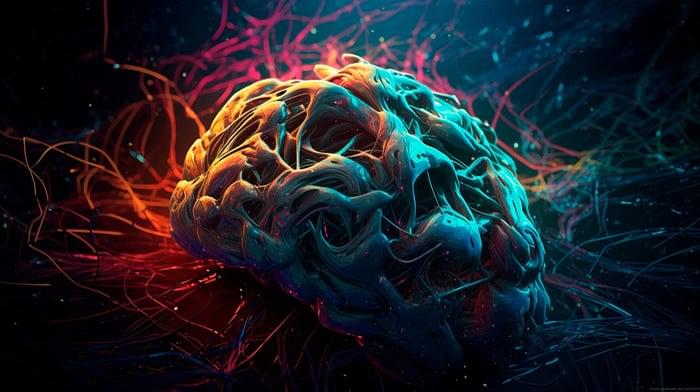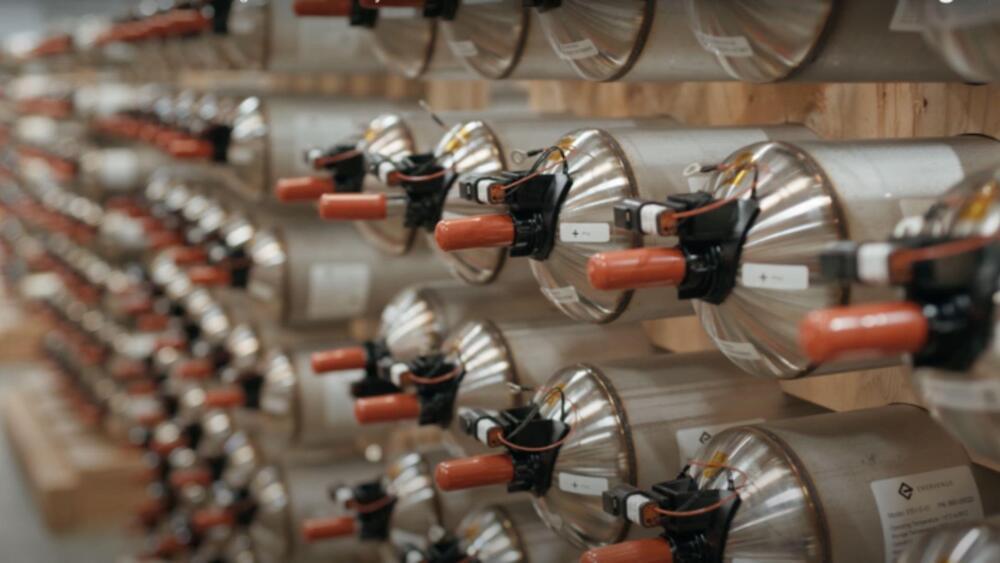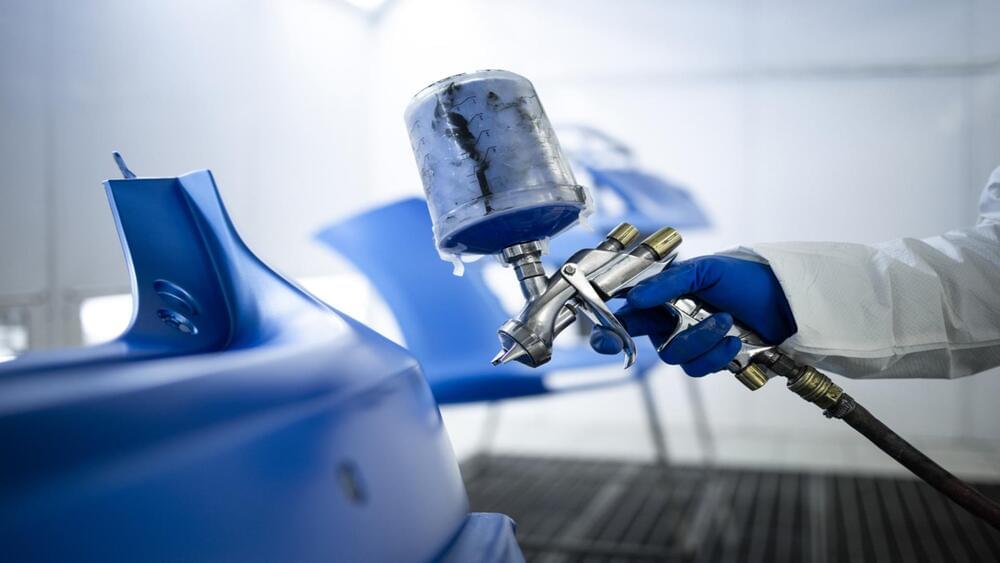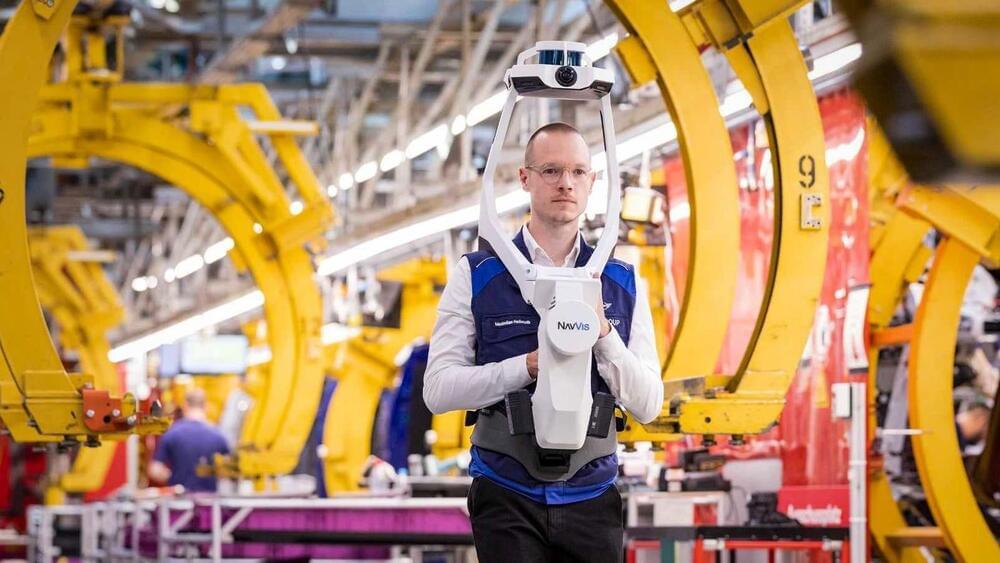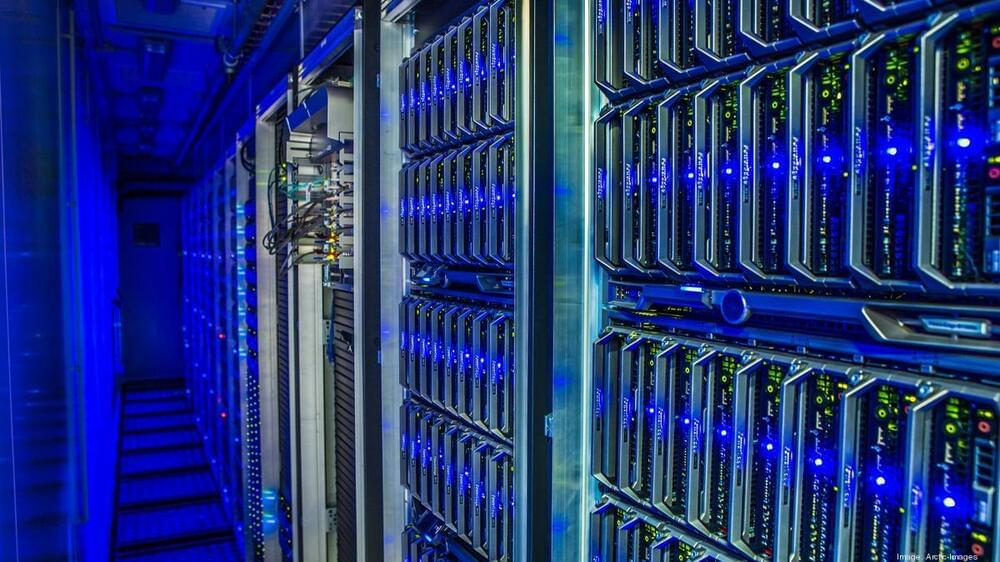A new ScienceReview looks at how wound healing might act to ignite disease.
Originally published on Towards AI.
AI hallucinations are a strange and sometimes worrying phenomenon. They happen when an AI, like ChatGPT, generates responses that sound real but are actually wrong or misleading. This issue is especially common in large language models (LLMs), the neural networks that drive these AI tools. They produce sentences that flow well and seem human, but without truly “understanding” the information they’re presenting. So, sometimes, they drift into fiction. For people or companies who rely on AI for correct information, these hallucinations can be a big problem — they break trust and sometimes lead to serious mistakes.
So, why do these models, which seem so advanced, get things so wrong? The reason isn’t only about bad data or training limitations; it goes deeper, into the way these systems are built. AI models operate on probabilities, not concrete understanding, so they occasionally guess — and guess wrong. Interestingly, there’s a historical parallel that helps explain this limitation. Back in 1931, a mathematician named Kurt Gödel made a groundbreaking discovery. He showed that every consistent mathematical system has boundaries — some truths can’t be proven within that system. His findings revealed that even the most rigorous systems have limits, things they just can’t handle.
Researchers have developed a new, fast, and rewritable method for DNA computing that promises smaller, more powerful computers.
This method mimics the sequential and simultaneous gene expression in living organisms and incorporates programmable DNA circuits with logic gates. The improved process places DNA on a solid glass surface, enhancing efficiency and reducing the need for manual transfers, culminating in a 90-minute reaction time in a single tube.
Advancements in DNA-Based Computation.
Now we have proof that people drank psychotropic compounds in a carefully prepared concoction, to connect with the deity called Bes.
A German firm tests NASA-developed nickel-hydrogen batteries in a renewable energy project for efficient, long-lasting storage.
An impressive operation recently took place in CERN’s magnet test hall. The innovative cold powering system has been successfully installed in the High-Luminosity LHC (HL-LHC) Inner Triplet (IT) String test stand. This novel system comprises a long electrical transmission line, which has been specially developed to transport currents to the magnets across a wide range of temperatures. Its installation in the IT String follows on from the installation of the novel protection system and is an important milestone in the development of the HL-LHC.
The High Luminosity LHC (HL-LHC) is a major upgrade of CERN’s Large Hadron Collider (LHC), which aims to increase the number of particle collisions (luminosity) and consequently boost the amount of physics data that can be collected, allowing further discoveries to be made.
Innovative beam-focusing magnets, known as inner triplets, are a major part of this upgrade. These magnets will be deployed on both sides of the beam interaction points at the ATLAS and CMS experiments with new powering, protection and alignment systems and – just like the LHC magnets – they will operate at 1.9 K (an extremely cold temperature, colder than deep outer space).
Mercedes-Benz’s new PV coating is expected to generate energy for up to 7,456 miles (12,000 km) a year under ideal conditions.
For giant manufacturers, such as Germany-based Schaeffler Group with nearly 100 factories worldwide, 10 in the U.S., streamlining production of precision industrial components is paramount. When it began to digitize its operations in 2016 to get more real-time data from the shop floor, Schaeffler realized that it wasn’t enough to digitize the manufacturing processes, inventory, workforce, and logistics; it also had to digitize the physical manufacturing environment itself.
Its efforts to 3D scan each facility and create full-color lifelike digital twins, has, so far, resulted in significant time and cost savings. “Project lead times for data capture are up to 80% shorter compared to traditional methods,” says Roberto Henkel, Schaeffler’s senior VP of digitalization and operations IT. The full-color digital twins of its factories enables “far more efficient communication and planning among departments and third-party vendors.”
As the company accelerates its factory relocation to shorten supply chains and move production closer to customers, accurate factory digital twins have played a key role and also delivered some unexpected benefits.
The project is described in public documents as a “four-building data center campus facility,” with the costs of improvements estimated at $1.4 billion.

